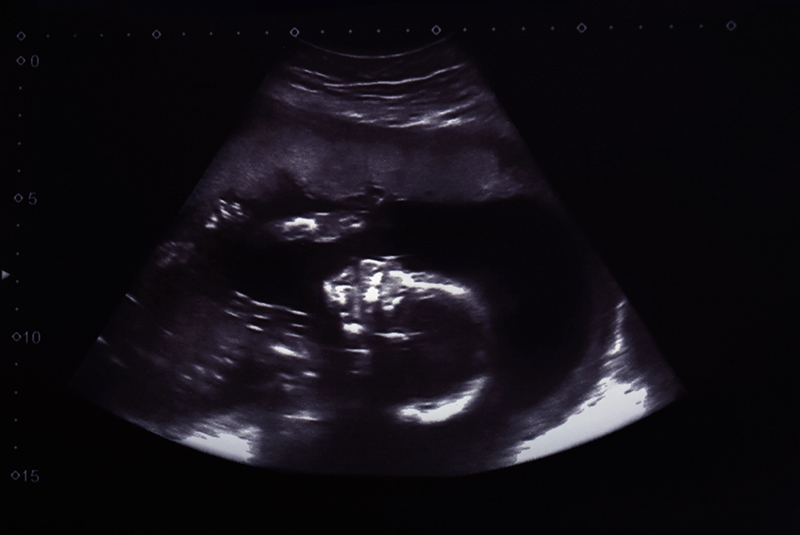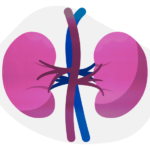Innovative new shunt delivery system holds promise for treatment of fetal urinary tract obstruction

Urinary tract obstruction that occurs in utero can have serious consequences for the fetus. Such obstructions can block the flow of fetal urine, which makes up amniotic fluid. Without adequate levels of amniotic fluid, a fetus may not develop properly, especially in terms of the fetal lungs. Fetal urinary tract obstructions can range from mild to severe.
Although mild obstructions may merit watchful waiting, more severe cases may require intervention. Currently, treatment typically involves the insertion of small hollow tube, called a vesicoamniotic shunt, through the mother’s abdomen and into the fetus’s bladder. The procedure is similar to amniocentesis, but the catheter is left in the bladder, where it allows urine to flow out of this organ. While the technique can be effective, the shunt has a tendency to dislodge over time, requiring repeat procedures in about half of the cases, or clog, due to the very small channel through which urine must flow. Repeated procedures can increase the risk for complications, including premature birth.
Testing a new shunt delivery system
To address the problem, urologist Michael Kurtz, MD, MPH, and his colleagues in the Department of Urology and the Maternal Fetal Care Center (MFCC) at Boston Children’s Hospital have developed a new shunt delivery system. Created in collaboration with Boston Scientific, the system is comprised of a barbell-shaped expandable mesh shunt, which is inserted into the bladder via a trocar-tipped delivery device. This device allows the mesh shunt to expand and remain in the bladder after the delivery device has been removed.
“While trials have shown improved fetal survival with shunt placement, the risk of complications and need for repeat procedures currently make the decision to proceed with shunting a complex one,” explains Kurtz. “A shunt that is delivered through a small puncture in the womb but expands and stays in the intended place would be a substantial improvement in the care of these complex pregnancies.”
Kurtz and his colleagues in the MFCC, including surgeon Stephanie Guseh, MD, are now testing the new device in fetal lambs. Early results show that the shunts haven’t dislodged, the bladders have healed, and the risk of developing complications from urinary tract obstructions — such as pulmonary hypoplasia and cord compression — is low. The team hopes to continue their research and eventually seek approval from the U.S. Food and Drug Administration.
“Being able to offer an expectant mother a reliable, safe, and effective approach to fetal bladder drainage has the potential to be a tremendous help,” says Kurtz.
Learn more about the Department of Urology and refer a patient.
Related Posts :
-

At the forefront of kidney stone removal: Innovative approaches transform patient care
No longer considered just an adult problem, kidney stones increasingly affect children as well. The majority of children who cannot ...
-

Botulism breakthrough? Taming botulinum toxin to deliver therapeutics
While rare, botulism can cause paralysis and is potentially fatal. It is caused by nerve-damaging toxins produced by Clostridium botulinum — ...
-

Harnessing the power of machine learning to improve urology care
Urodynamics — a group of tests that evaluate how well the body collects, and then releases, urine — can be crucial for ...
-

Hard and beautiful at the same time: Five lessons of raising a medically complex child
When they learned they were expecting a baby, Michelle and Stephen Strickland were delighted. The South Carolina couple looked forward ...





